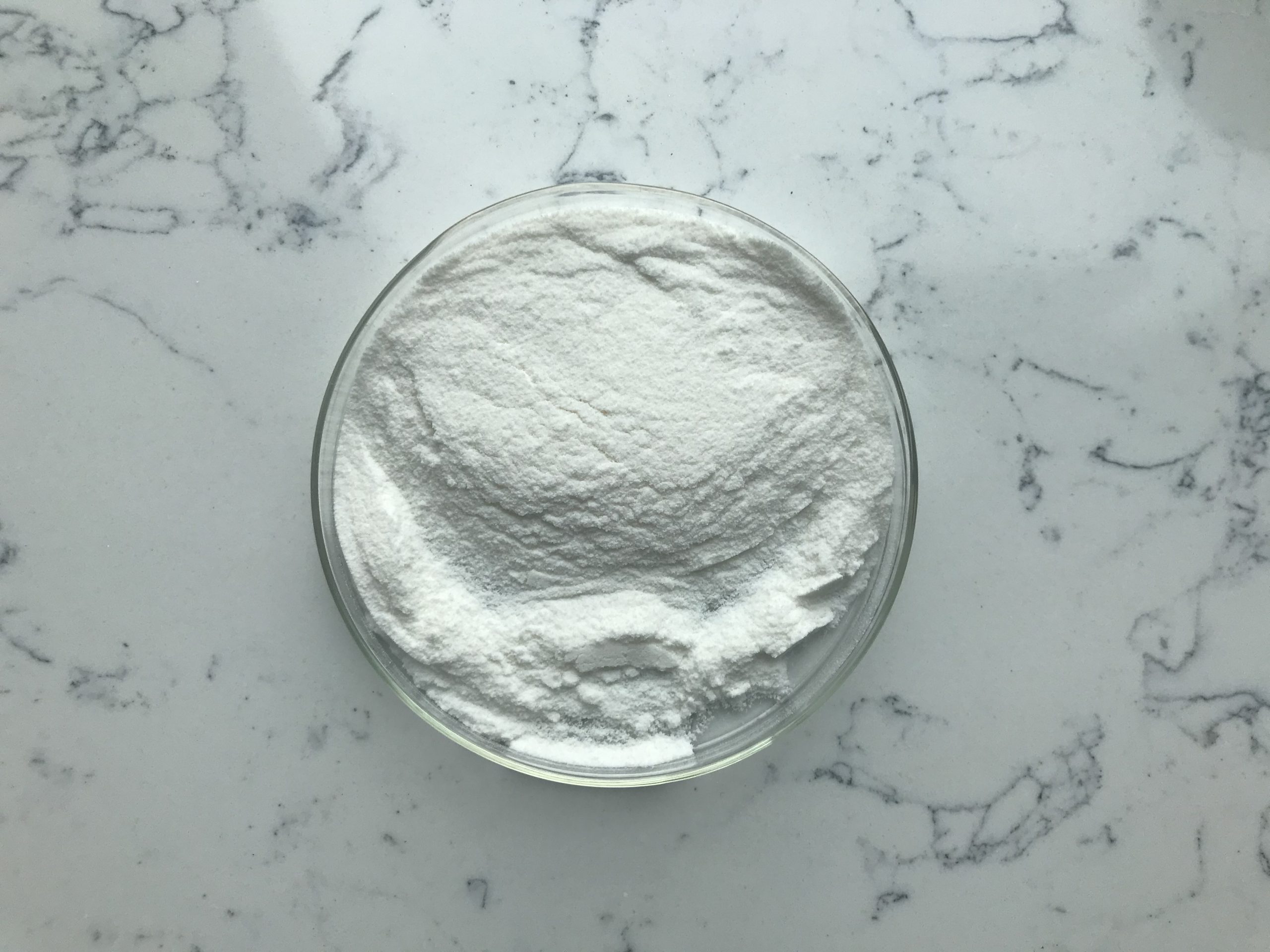Minoxidil is a medication primarily used to treat hair loss, specifically male-pattern baldness (androgenetic alopecia) and female-pattern baldness. Materials and methods sections in scientific research papers or experiments provide a detailed description of the materials, equipment, and procedures used in the study. Since you’re asking about minoxidil, which is commonly used to treat hair loss, here’s an example of how you might structure the materials and methods section for a study on the use of minoxidil:
Materials and Methods
1.Minoxidil Solution: Commercially available minoxidil solution (e.g., Rogaine) containing 5% minoxidil.
2.Experimental Subjects: A group of 50 male and female participants aged between 18 and 60 years with a confirmed diagnosis of androgenetic alopecia (male or female pattern baldness).

3.Placebo Solution: A placebo solution consisting of the same vehicle as the minoxidil solution but lacking the active ingredient.
4.Digital Camera: A high-resolution digital camera for capturing standardized photographs of participants’ scalps.
5.Micrometer: A precision micrometer for measuring hair thickness.
6.Data Analysis Software: Statistical software package (e.g., SPSS) for data analysis.
Study Design
1.Participant Recruitment: Participants were recruited through local advertisements and met specific inclusion and exclusion criteria.
2.Randomization: Participants were randomly assigned to one of two groups: the minoxidil group or the placebo group.
3.Treatment Application: Participants in the minoxidil group applied 1 mL of the 5% minoxidil solution twice daily to the affected scalp area for six months. Participants in the placebo group applied the placebo solution in the same manner.
4.Photographic Documentation: Standardized scalp photographs were taken at baseline and at the end of each month using the digital camera. The camera was positioned at a fixed distance and angle to ensure consistency.
5.Hair Thickness Measurement: Hair thickness was measured using the micrometer at the baseline and after six months of treatment.
Data Analysis
1.Statistical Analysis: Hair thickness measurements and changes in hair growth were analyzed using appropriate statistical tests, including t-tests and ANOVA, to determine the significance of the treatment effect.
2.Data Visualization: Results were graphically represented using bar graphs and line charts to illustrate changes in hair growth over time.
3.Ethical Approval: The study was conducted in compliance with the ethical guidelines of [Institution/Review Board] and informed consent was obtained from all participants.
This example outlines the materials used in the study, the study design, and the methods for data collection and analysis. Depending on the specific goals and design of your study, you may need to provide more or less detail in your materials and methods section. Additionally, it’s important to adapt this structure to the requirements of the journal or institution where you plan to submit your research.
